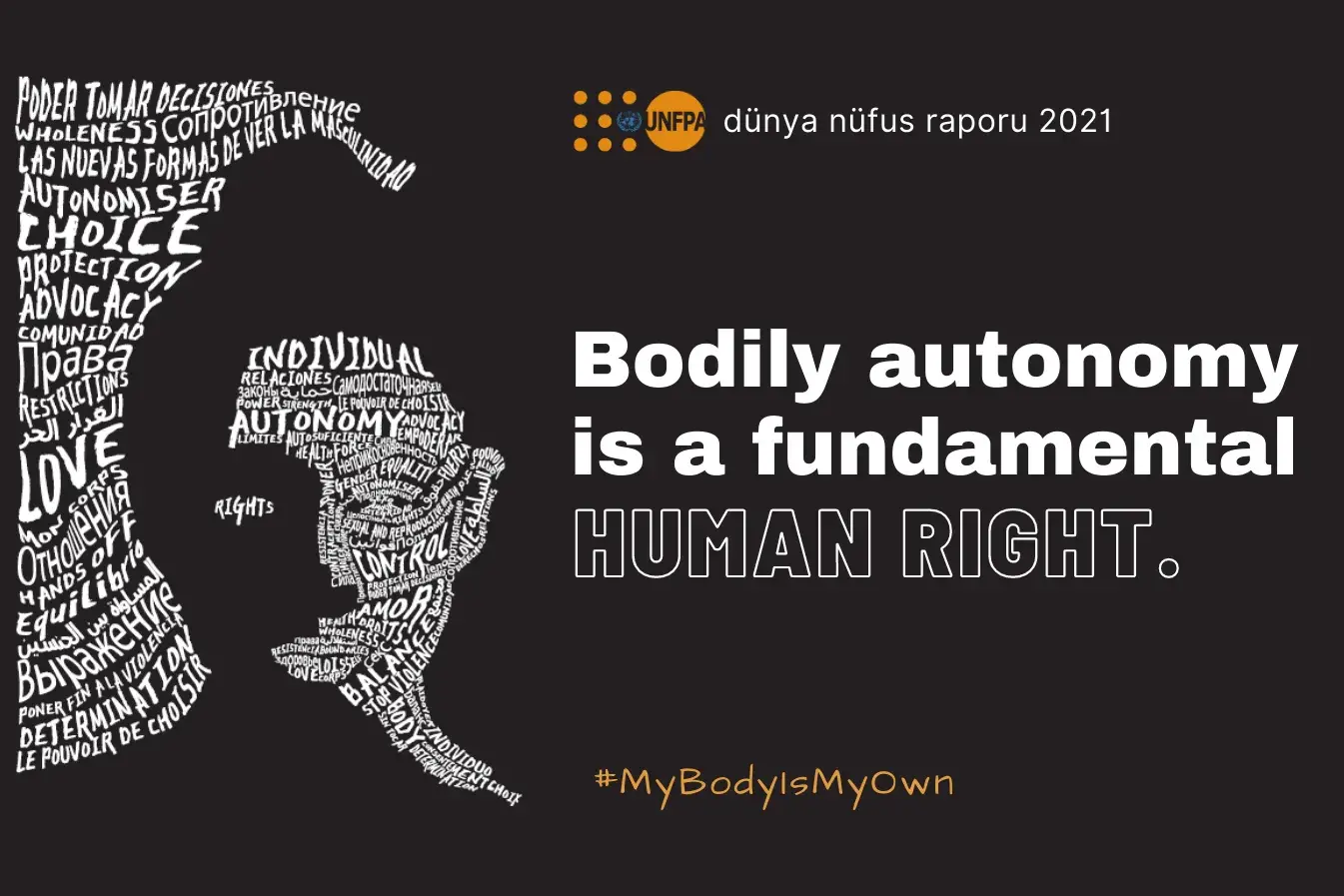|
About the report The State of the World Population 2013, “Motherhood in Childhood: Facing the Challenge of Adolescent Pregnancy,” examines the circumstances that often lead to adolescent pregnancy and provides new statistics on the impact of adolescent pregnancy on girls’ health, education and future economic productivity. Who is affected? · Every day, 20,000 girls below age 18 give birth in developing countries. (p. iv) · Of the 7.3 million girls below age 18 who give birth each year in developing countries, 2 million of them are under age 15. (p. iv) · Each year, 13.1 million children are born to mothers aged 15-19. · 95 per cent of adolescent births occur in developing countries. (p. iv) · Adolescent girls between the ages of 15 and 19 account for as many as 3.2 million unsafe abortionsannually in developing countries. · In developed countries, there are 680,000 births to adolescent mothers annually. Nearly half of these occur in the United States. (p. 13) · Among developing regions, West and Central Africa have the largest percentage of reported births to mothers under age 18 (28 per cent) and under age 15 (6 per cent). (p. 3-5) What are the implications of adolescent pregnancy over the next decade? Why act now? · Adolescents make up about 18 per cent of the world’s population. Eighty-eight per cent of them live in developing countries. (p. 14) · About half (49 per cent) of adolescent girls live in just six countries: China, India, Indonesia, Nigeria, Pakistan and the United States. (p. 14) Even though we are experiencing the largest adolescent population in human history—with an estimated 1.2 billion adolescents living in 2010—the international community directs less than two cents of every dollar spent on international development towards adolescent girls. (p. 34)
What effect does adolescent pregnancy have on economic development? · The lifetime opportunity cost related to adolescent pregnancy—measured by the mother’s foregone annual income over her lifetime—ranges from 1 per cent of annual GDP in China to 30 per cent of annual GDP in Uganda. (p. 26) o If the 220,098 adolescent mothers in Kenya were employed instead of having become pregnant, $3.4 billion could have been added to the economy, an amount equivalent to the value of Kenya’s entire construction sector. (p. 26) o If adolescent girls in Brazil and India had been able to wait to have children until their early 20s, the countries would have greater economic productivity equal to over $3.5 billion and$7.7 billion, respectively. (p. 27) o Adolescent pregnancy and childbirth account for nearly $11 billion per year in costs to United States taxpayers. (p. 29)
What effect does adolescent pregnancy have on health? · An estimated 70,000 adolescents in developing countries die each year from complications during pregnancy and childbirth. (p. v) · Although fistula can occur to women at any reproductive age, studies in Ethiopia, Malawi, Niger and Nigeria show that about 1 in 3 women living with obstetric fistula reported developing it as an adolescent (p. 19) · There are also significant health risks to the infants and children of adolescent mothers: o Stillbirths and newborn deaths are 50 per cent higher among infants of adolescent mothers than among infants of mothers between the ages of 20 and 29. (p. 22) o About 1 million children born to adolescent mothers do not make it to their first birthday (p. 22)
· The health risks to girls under 15 are great: o Girls who become pregnant before age 15 in low- and middle-income countries have double the risk for maternal death and obstetric fistula than older women, especially in sub-Saharan Africa and South Asia. (p. 23) o In more than 30 countries, 10 per cent of adolescents have had sexual intercourse by age 15, with rates as high as 26 per cent in Niger. (page 24) o Girls who become pregnant at 15 or younger are more likely to experience premature delivery, low infant birth weight, perinatal mortality and health problems with their newborns. (page 23)
What is the relationship between adolescent pregnancy and education? · Education continues to be the single most important predictor of age at marriage over time (p. 60). Child marriage is strongly associated with early pregnancy. · Becoming pregnant often prevents girls from completing their education: o In the US, only about half of the girls who become pregnant as adolescents are able to complete their high school education by age 22, compared to nine out of 10 girls who do not become pregnant as teenagers (p. 26) · Research indicates better age-appropriate, comprehensive sexuality education is needed o In the US, the highest rates of adolescent pregnancy tend to occur in states with abstinence-only education (p. 66) o In some countries, two-thirds of girls between the ages of 12 and 14 are not in school, and receive no school-based sexuality education (p.45) 
Adolescent pregnancy and child marriage · 39,000 girls under 18 are married every day (p. 47) · Despite near-universal commitments to end child marriage, one in three girls in developing countries is married before age 18 (p. 9) · 90 per cent of adolescent pregnancies in developing countries are within marriage (p. 48) · Adolescents who are married or in a union have both the lowest use of contraception and the highest levels of unmet need (p. 38) · 50 million girls could still be at risk of being married before their 15th birthday in this decade (p. 10) |



